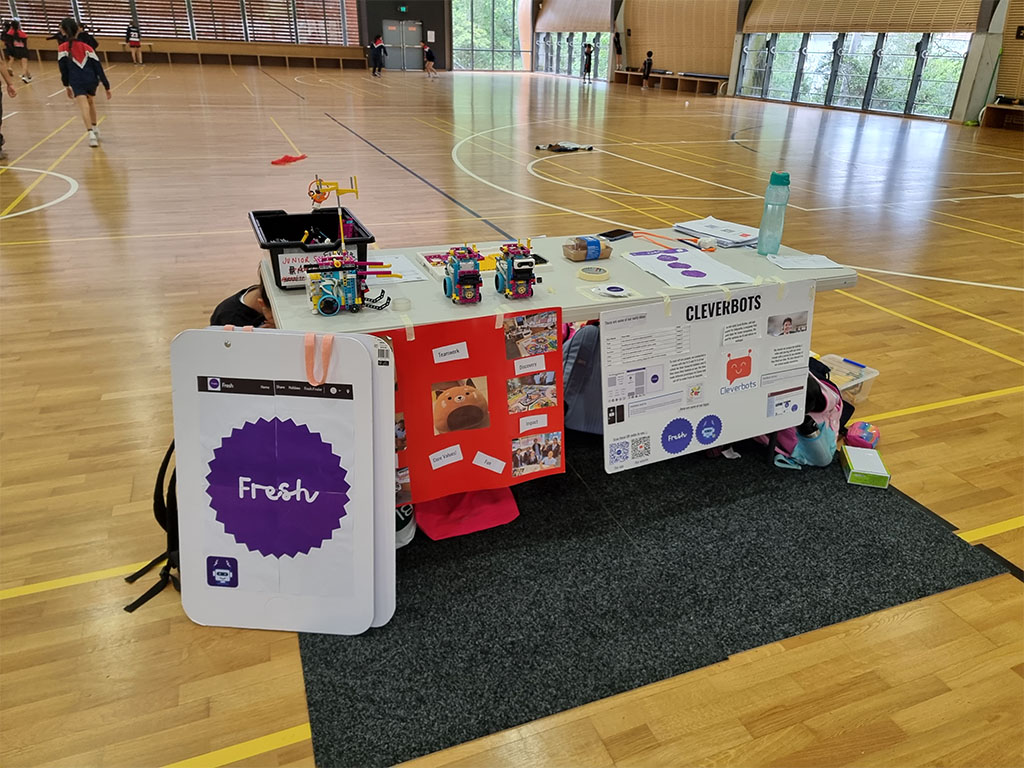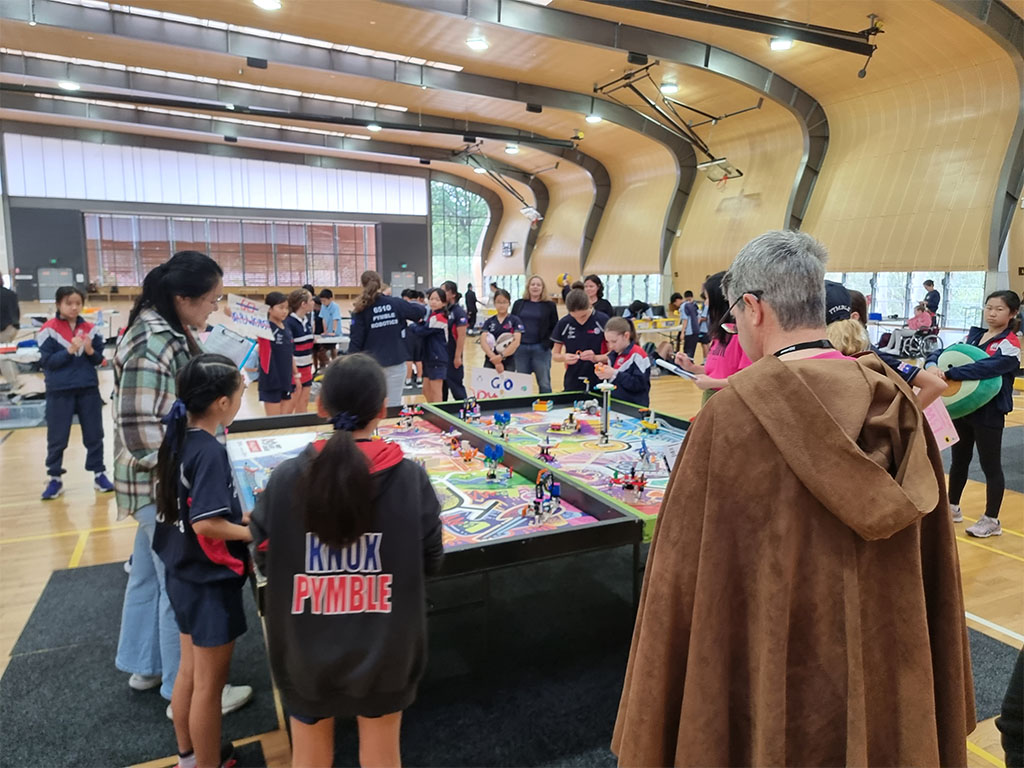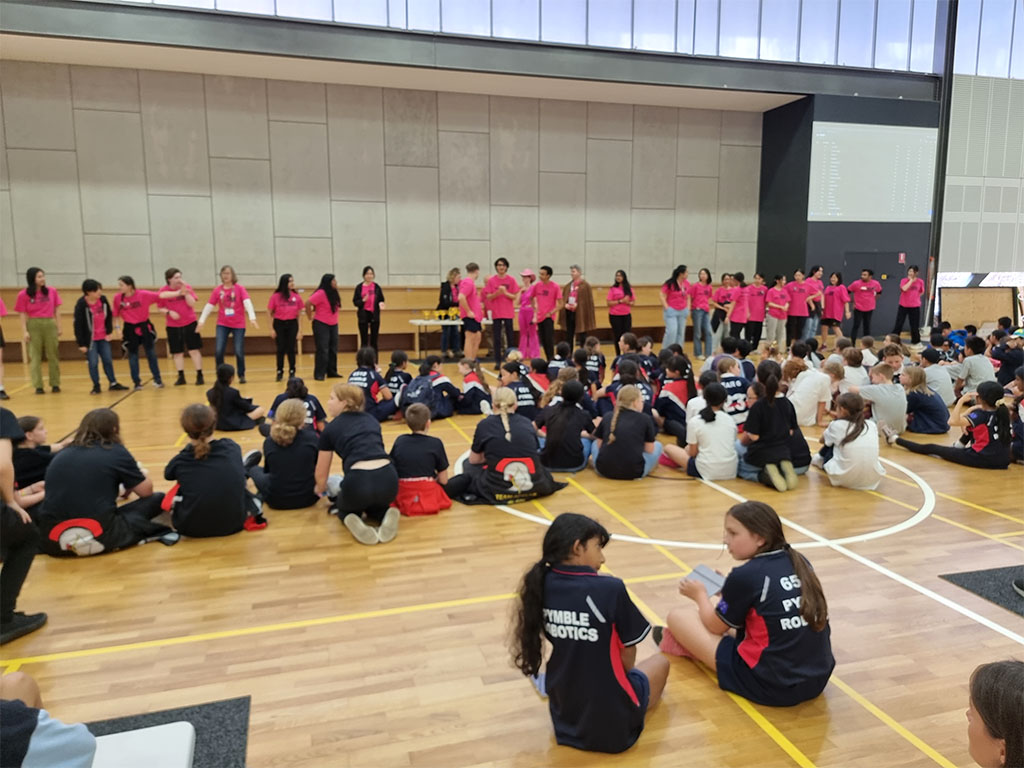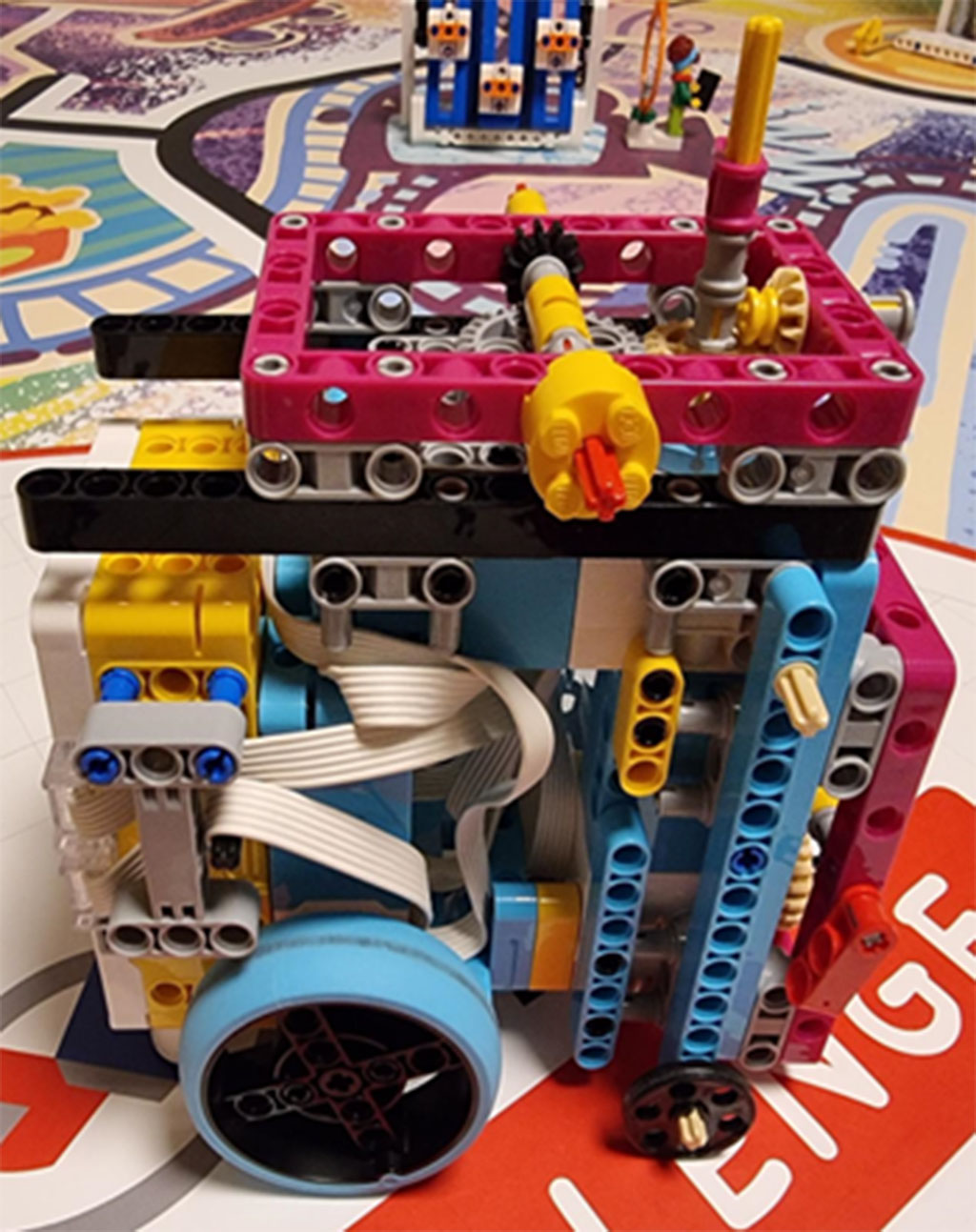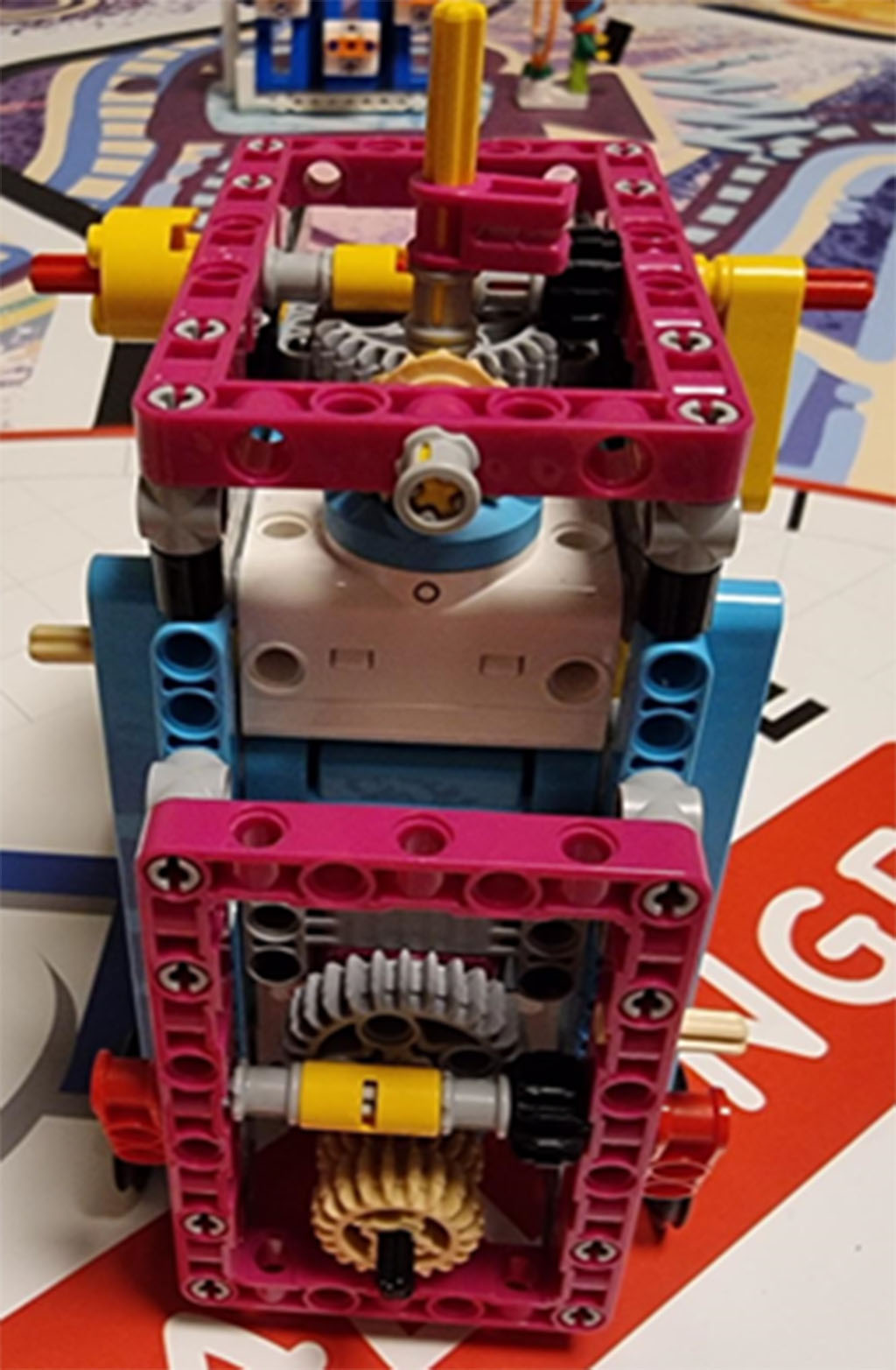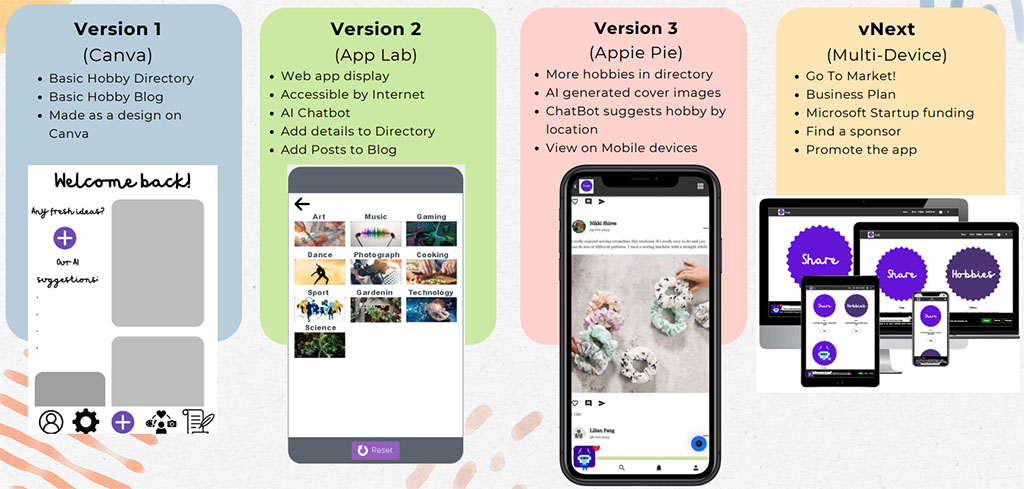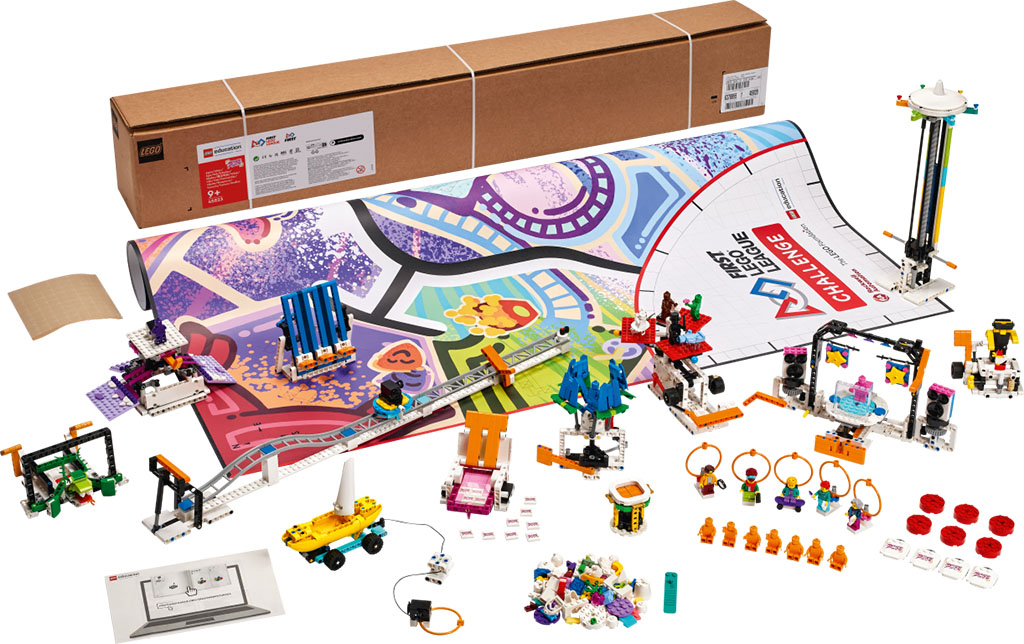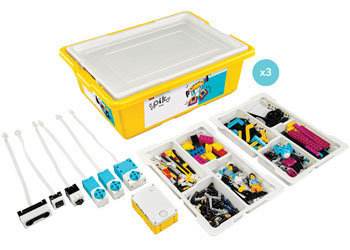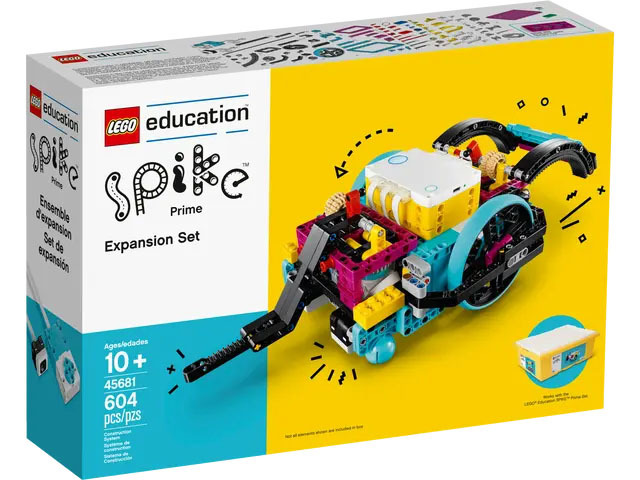Fresh Hobby Sharing App powered by AI (improved)
We are thrilled to share some exciting updates about Fresh, our AI-powered hobby-sharing app. Over the past few months, we've been working tirelessly to enhance your experience by incorporating valuable feedback from tech experts and our vibrant community.
One of the significant improvements is the expansion of our hobby directory. We've added a plethora of new hobbies to ensure that everyone finds something that resonates with their interests. Whether you're into pottery, urban gardening, or drone racing, Fresh has got you covered.
Our chatbot has also received a significant upgrade. It now suggests nearby events based on your current location, making it easier for you to connect with like-minded enthusiasts in your area. Simply tell the chatbot what you're interested in, and it will provide personalized recommendations for events and meetups happening near you.
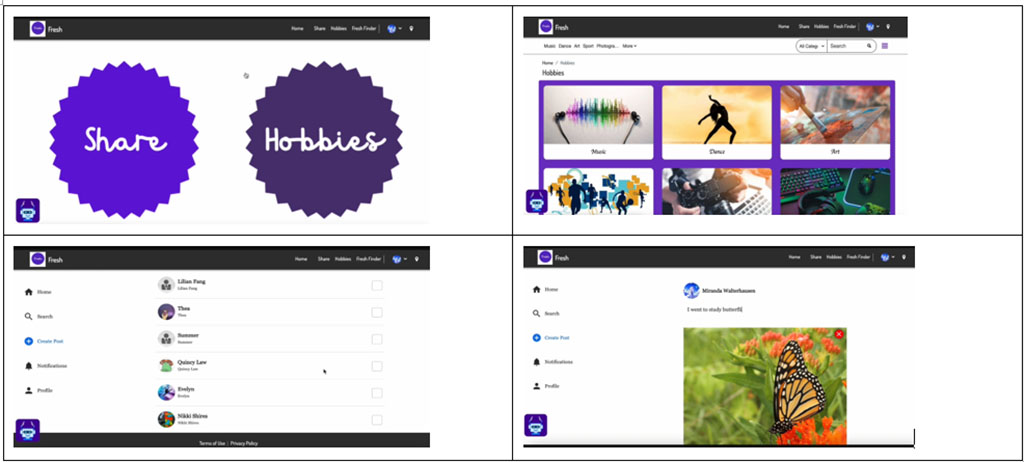

We've also produced new tutorial videos to help you get the most out of Fresh. These guide you through the app's features and show you how to make the most of our platform.
Moreover, we've made significant strides in enhancing the app's accessibility. Fresh is now fully functional on both desktop and mobile devices, ensuring you can stay connected to your hobbies anytime, anywhere.
We couldn't have achieved these improvements without your invaluable feedback. Thank you for being a part of our journey. The girls are committed to continually enhancing Fresh to make it the best platform for hobby enthusiasts worldwide.

